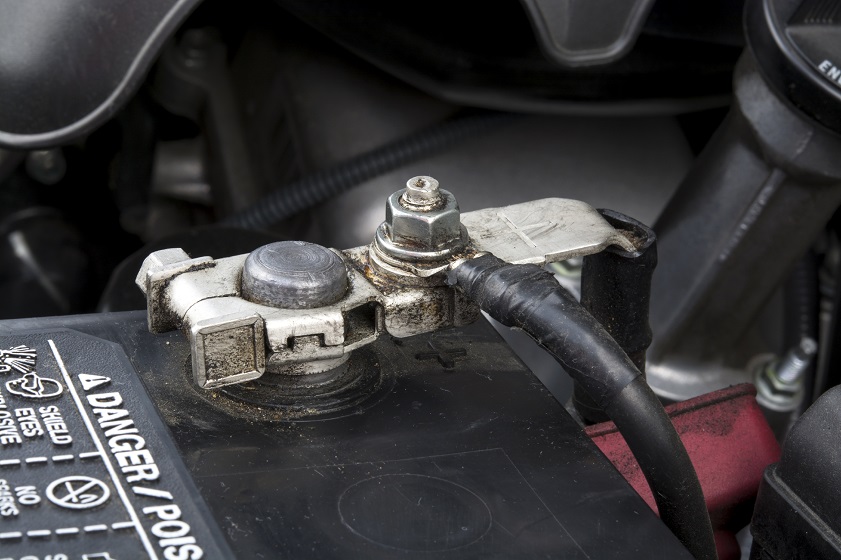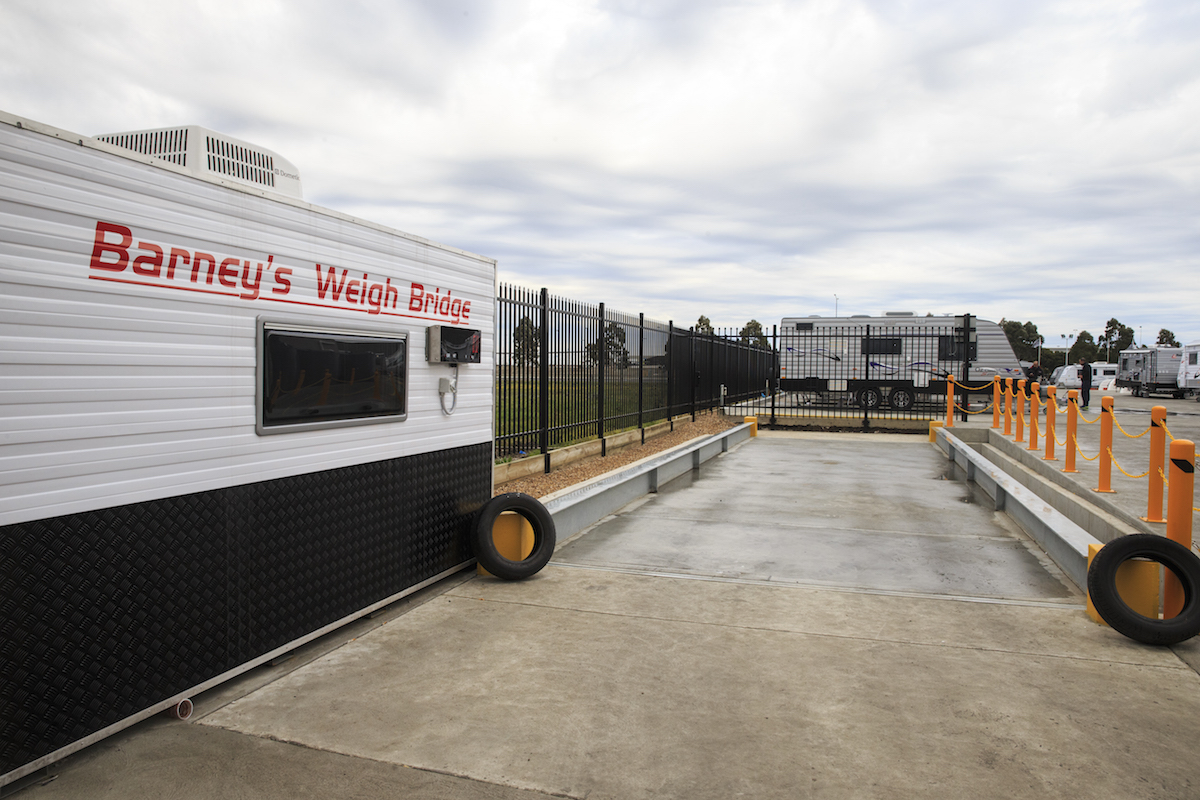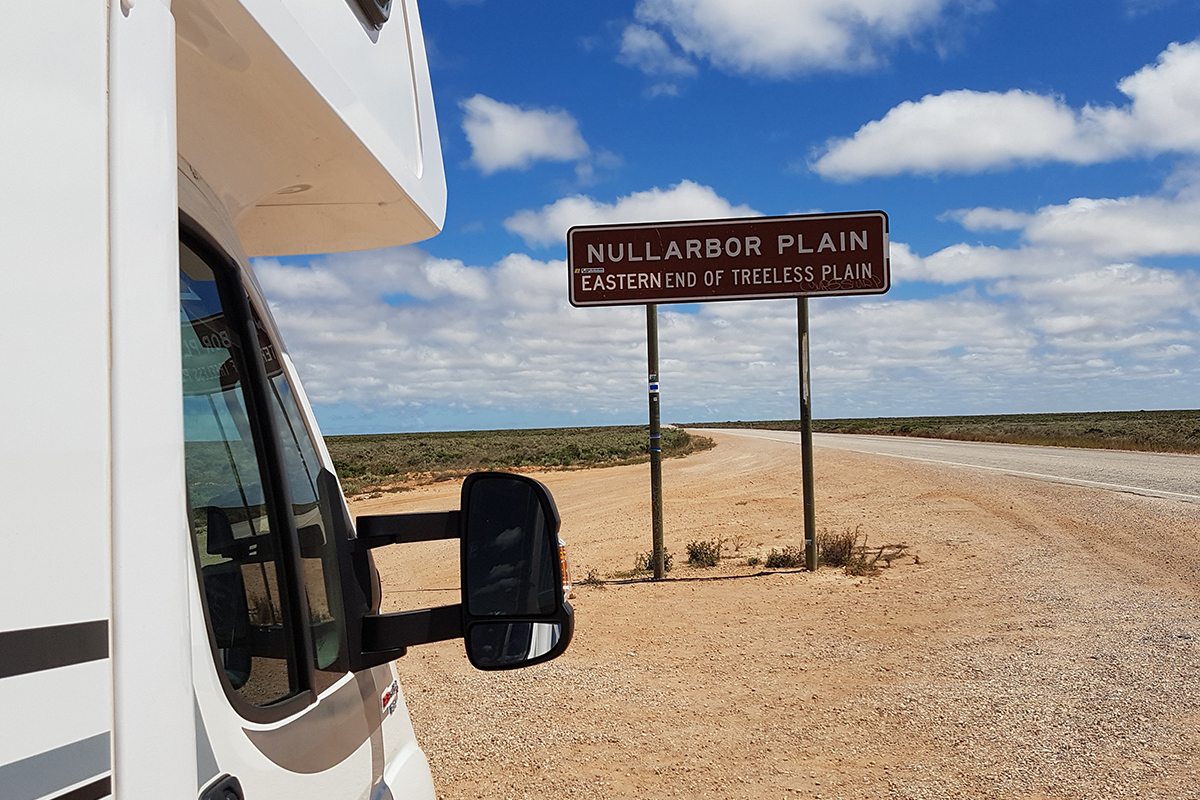A refrigerator, microwave and other creature comforts help make a caravan a home away from home. Add them together, however, and they can chew up a lot of electricity. AGM and gel-based caravan batteries can keep your gadgets running while you’re off the grid. Here’s an overview of the pros and cons of each.
AGM batteries
Absorbed Glass Mat (AGM) batteries are so named because they have porous fibreglass mats between the battery’s plates that function as sponges for the battery’s electrolyte fluid. This prevents the fluid from spilling out if the battery is tipped over. AGM batteries are typically low maintenance, resistant to shock and vibration, and don’t need to be topped up with water.
A deep-cycle AGM battery will be able to provide your 12V devices with steady power until the battery is flat. Good-quality AGM units usually have a low self-discharge rate, which allows you to keep them in storage for extended periods without worrying about them going flat.
Gel-based batteries
Instead of fibreglass, these batteries keep the electrolyte fluid suspended in a silica gel. Like AGM units, gel-based caravan batteries are spill-proof and rugged under conditions where they are subjected to a lot of vibration and shock. Gel-based batteries are usually pricier than AGM units and have lower energy density, but if properly looked after they can last significantly longer.
Charging your battery
AGM batteries can be recharged from the car’s alternator (which may require the purchase of special cabling), or using a standard 240V battery charger. Unlike standard lead-acid models, AGM and gel-based batteries emit very little gas while charging, which makes them safe for use inside a caravan or camper trailer.
If you are bringing a solar panel kit, you should be able to charge your AGM battery with it, but check first that the kit includes a solar charge regulator that will convert power from the panels into the correct battery charging voltage.
Gel-based batteries are more susceptible to being damaged by voltage fluctuations than AGM batteries. Use a gel-suitable charger, which can supply a gel-specific charging profile, and unless no other options are available, avoid using a car-battery charger on your gel cell because it may not be properly voltage regulated.
To maximise its operational life, it’s usually recommended that you keep your AGM or gel-based battery as close to fully charged as possible at all times, and that it is recharged before being placed in storage.
Getting ready for another trip? Make sure your holiday is both safe and comfortable with these essential caravan electrical safety measures.





